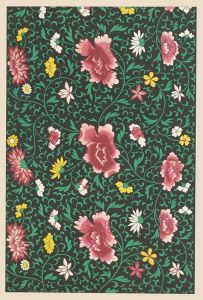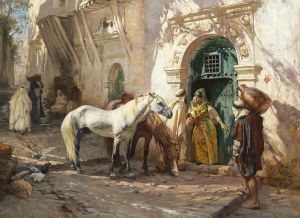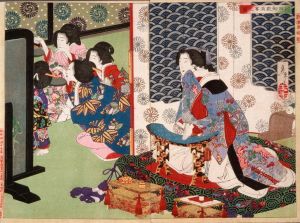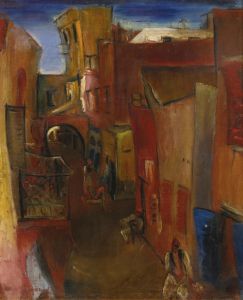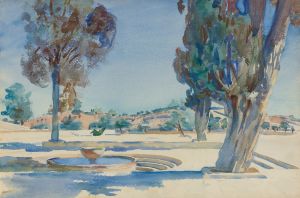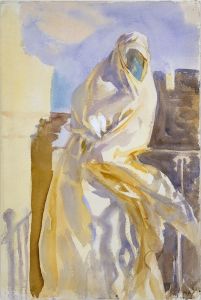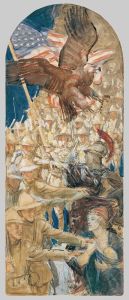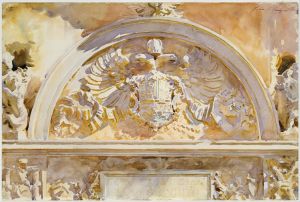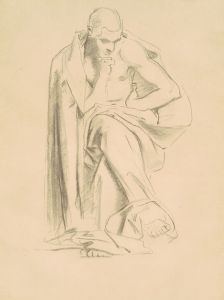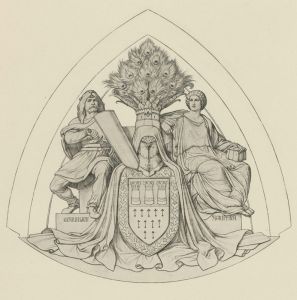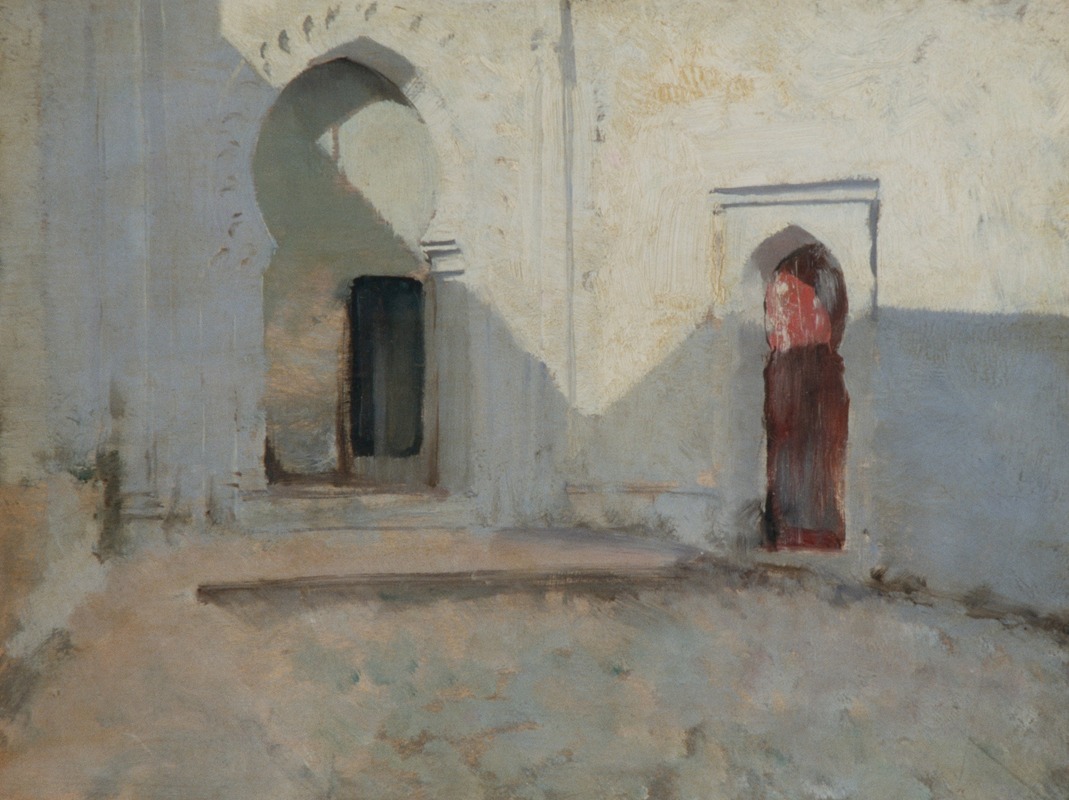
Courtyard, Tetuan, Morocco
A hand-painted replica of John Singer Sargent’s masterpiece Courtyard, Tetuan, Morocco, meticulously crafted by professional artists to capture the true essence of the original. Each piece is created with museum-quality canvas and rare mineral pigments, carefully painted by experienced artists with delicate brushstrokes and rich, layered colors to perfectly recreate the texture of the original artwork. Unlike machine-printed reproductions, this hand-painted version brings the painting to life, infused with the artist’s emotions and skill in every stroke. Whether for personal collection or home decoration, it instantly elevates the artistic atmosphere of any space.
"Courtyard, Tetuan, Morocco" is a painting by the renowned American artist John Singer Sargent. Sargent, known for his exceptional portraiture and landscapes, painted this work during his travels in North Africa. The painting is a testament to Sargent's ability to capture the essence of a place with his keen eye for detail and his mastery of light and shadow.
John Singer Sargent was born on January 12, 1856, in Florence, Italy, to American parents. He became one of the leading portrait painters of his generation, known for his depictions of high society figures in both Europe and America. However, Sargent's artistic interests extended beyond portraiture, and he often sought inspiration from his travels.
In the late 19th and early 20th centuries, Sargent embarked on several journeys to explore different cultures and landscapes. His travels took him to various parts of Europe, the Middle East, and North Africa. It was during one of these trips that he visited Tetuan, a city in northern Morocco. Tetuan, with its rich history and unique blend of Andalusian and Moorish influences, provided a captivating subject for Sargent's artistic exploration.
"Courtyard, Tetuan, Morocco" is a reflection of Sargent's fascination with the architecture and atmosphere of the region. The painting depicts a serene courtyard, characterized by its intricate architectural details and the play of light and shadow. Sargent's use of color and brushwork captures the warmth and vibrancy of the Moroccan setting, while also conveying a sense of tranquility and timelessness.
Sargent's ability to depict light is particularly evident in this work. The interplay of sunlight and shadow creates a dynamic composition, highlighting the textures and forms within the courtyard. The painting showcases Sargent's skill in rendering architectural elements, such as the arches and columns, with precision and elegance.
While Sargent is primarily celebrated for his portraits, works like "Courtyard, Tetuan, Morocco" demonstrate his versatility as an artist and his keen interest in capturing the essence of different cultures and environments. This painting is part of a broader body of work that Sargent produced during his travels, which includes scenes from Venice, the Middle East, and other parts of North Africa.
"Courtyard, Tetuan, Morocco" is a fine example of Sargent's ability to convey a sense of place through his art. It reflects his appreciation for the beauty and diversity of the world, as well as his commitment to exploring new subjects and techniques. Today, Sargent's works continue to be celebrated for their technical brilliance and their ability to transport viewers to the places and moments he so vividly captured on canvas.





